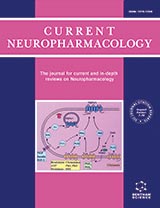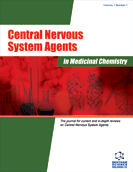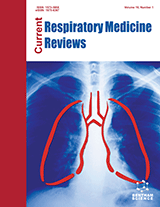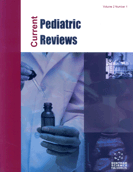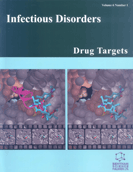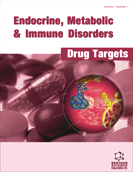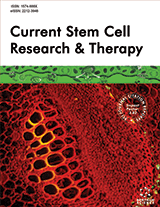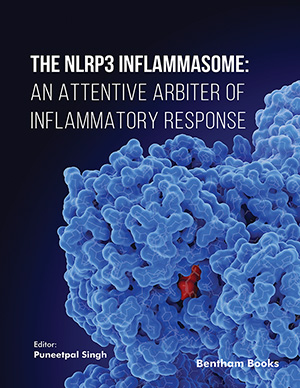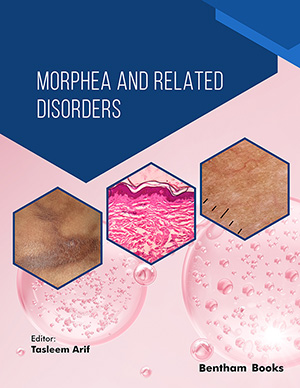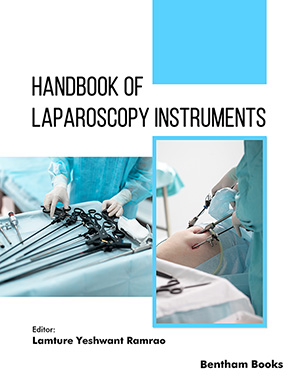Abstract
The rabbit eye presents a valuable model to study the effects of vascular occlusion on the function and structure of myelinated nerve fibers. The rabbit eye has a band of myelinated nerve fibers within the intraocular compartment that are supplied by a narrow band of retinal vasculature. These vessels were transiently occluded (∼8 hours) using laser photocoagulation and the transmission of electrical signals along the nerve fibers was assessed by recording the visual evoked response (VER). Morphological damage was assessed by histological techniques. The ischemic insult produced no permanent change in retinal function as assessed by electroretinography, but the VER was suppressed, indicating failure of nerve fiber transmission. Histologically, the visible damage to the region supported by the retinal vasculature worsened following reperfusion, showing evidence of demyelination and necrosis followed by macrophage responses and gliosis. This rabbit model of ischemia/reperfusion of the retinal vasculature offers a rare opportunity to reliably study the response of myelinated nerve fibers to ischemia/reperfusion insults and has demonstrated the susceptibility of myelinated nerve fibers to such insults.
Keywords: Myelinated nerve fiber, optic nerve, ischemia, arterial occlusion, rabbits
Current Neurovascular Research
Title: Structure and Function of Myelinated Nerve Fibers in the Rabbit Eye Following Ischemia/Reperfusion Injury
Volume: 3 Issue: 1
Author(s): Wenyi Guo, Stephen J. Cringle, Er-Ning Su, Paula K. Yu, Xiao-Bo Yu, Xinghuai Sun, William Morgan and Dao-Yi Yu
Affiliation:
Keywords: Myelinated nerve fiber, optic nerve, ischemia, arterial occlusion, rabbits
Abstract: The rabbit eye presents a valuable model to study the effects of vascular occlusion on the function and structure of myelinated nerve fibers. The rabbit eye has a band of myelinated nerve fibers within the intraocular compartment that are supplied by a narrow band of retinal vasculature. These vessels were transiently occluded (∼8 hours) using laser photocoagulation and the transmission of electrical signals along the nerve fibers was assessed by recording the visual evoked response (VER). Morphological damage was assessed by histological techniques. The ischemic insult produced no permanent change in retinal function as assessed by electroretinography, but the VER was suppressed, indicating failure of nerve fiber transmission. Histologically, the visible damage to the region supported by the retinal vasculature worsened following reperfusion, showing evidence of demyelination and necrosis followed by macrophage responses and gliosis. This rabbit model of ischemia/reperfusion of the retinal vasculature offers a rare opportunity to reliably study the response of myelinated nerve fibers to ischemia/reperfusion insults and has demonstrated the susceptibility of myelinated nerve fibers to such insults.
Export Options
About this article
Cite this article as:
Guo Wenyi, Cringle J. Stephen, Su Er-Ning, Yu K. Paula, Yu Xiao-Bo, Sun Xinghuai, Morgan William and Yu Dao-Yi, Structure and Function of Myelinated Nerve Fibers in the Rabbit Eye Following Ischemia/Reperfusion Injury, Current Neurovascular Research 2006; 3 (1) . https://dx.doi.org/10.2174/156720206775541813
| DOI https://dx.doi.org/10.2174/156720206775541813 |
Print ISSN 1567-2026 |
| Publisher Name Bentham Science Publisher |
Online ISSN 1875-5739 |
 34
34
- Author Guidelines
- Graphical Abstracts
- Fabricating and Stating False Information
- Research Misconduct
- Post Publication Discussions and Corrections
- Publishing Ethics and Rectitude
- Increase Visibility of Your Article
- Archiving Policies
- Peer Review Workflow
- Order Your Article Before Print
- Promote Your Article
- Manuscript Transfer Facility
- Editorial Policies
- Allegations from Whistleblowers
Related Articles
-
Heme Oxygenase-1/Carbon Monoxide: Novel Therapeutic Strategies in Critical Care Medicine
Current Drug Targets Platelet Glycoprotein IIb / IIIa Inhibition and its Clinical Use
Current Medicinal Chemistry - Cardiovascular & Hematological Agents Characterization of Adipose-Derived Stem Cells: An Update
Current Stem Cell Research & Therapy Impact of Dendritic Cells on Vascular Biology
Current Hypertension Reviews Diabetic Retinopathy, Superoxide Damage and Antioxidants
Current Pharmaceutical Biotechnology Molecular Remodeling of the Insulin Receptor Pathway by Thiazolidinediones in Type 2 Diabetes Mellitus: A Brief Review
Protein & Peptide Letters Updated Electrocardiographic Classification of Acute Coronary Syndromes
Current Cardiology Reviews Copper and Heme-Mediated Abeta Toxicity: Redox Chemistry, Abeta Oxidations and Anti-ROS Compounds
Current Topics in Medicinal Chemistry Resveratrol, a Molecule with Anti-Inflammatory and Anti-Cancer Activities: Natural Product to Chemical Synthesis
Current Medicinal Chemistry Neurocognitive Monitoring and Care During Pediatric Cardiopulmonary Bypass — Current and Future Directions
Current Cardiology Reviews Taurine and the Relevance of Supplementation in Humans, in Health and Disease
Current Nutrition & Food Science Therapeutic Targeting of G-Protein Coupled Receptor-Mediated Epidermal Growth Factor Receptor Transactivation in Human Glioma Brain Tumors
Mini-Reviews in Medicinal Chemistry Platelet in Progression of Atherosclerosis: A Potential Target in Diabetic Patients
Current Diabetes Reviews ACE2-Ang-(1-7)-Mas Axis in Brain: A Potential Target for Prevention and Treatment of Ischemic Stroke
Current Neuropharmacology GDF11 Attenuated ANG II-Induced Hypertrophic Cardiomyopathy and Expression of ANP, BNP and Beta-MHC Through Down- Regulating CCL11 in Mice
Current Molecular Medicine Systemic Redox Biomarkers in Neurodegenerative Diseases
Current Drug Metabolism Glutamate Dehydrogenase as a Promising Target for Hyperinsulinism Hyperammonemia Syndrome Therapy
Current Medicinal Chemistry Patent Selections
Recent Patents on Anti-Infective Drug Discovery PKC Delta and Epsilon in Drug Targeting and Therapeutics
Recent Patents on DNA & Gene Sequences Diabetes and Its Complications: Therapies Available, Anticipated and Aspired
Current Diabetes Reviews









